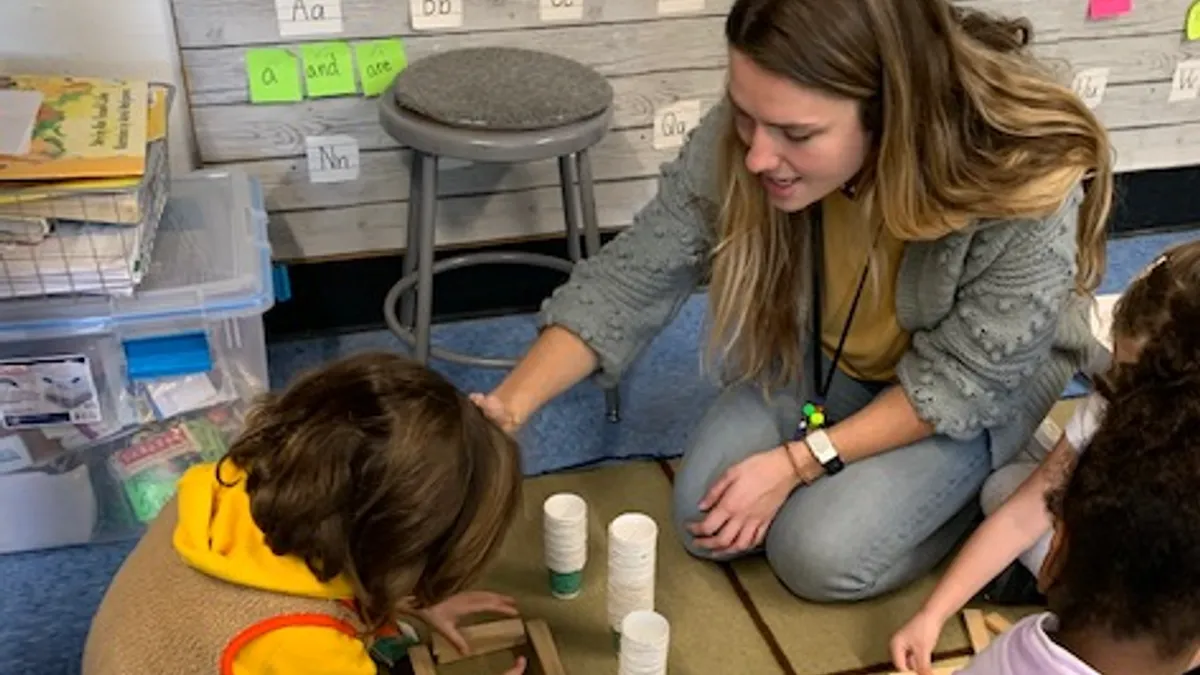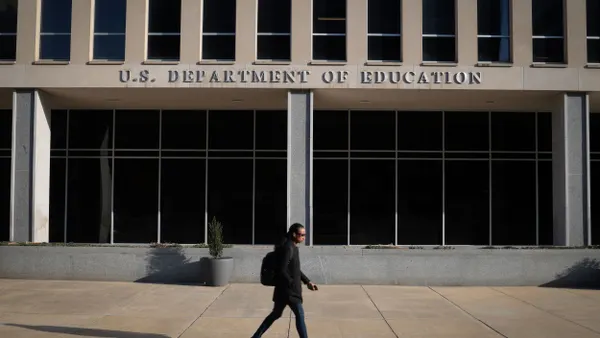Dive Brief:
- To expand social-emotional learning around intersectionality and inclusiveness so disabilities are included, Alexander Parker, a 4th grade teacher at Cossitt Avenue Elementary School in La Grange, Illinois, writes for Edutopia that he begins by showing students a new piece of content or video to begin a discussion around disability while encouraging his students to lead.
- Parker will begin conversations about marginalization by starting with examples from the disabled community and the discrimination they experience, expanding from there to other forms of discrimination. He also has classes create community agreements with guidelines designed to build trust while sharing and learning.
- Finally, Parker encourages all educators to look for a curriculum partner focused on intersectionality in their work, with disability included as an important piece of that, as well.
Dive Insight:
Social-emotional learning tools can help teach students how to be inclusive of each other regardless of their differences. In using these lessons, students can learn to develop core SEL strengths, from appreciating diversity to empathy.
Educators Margaret Blachly and Andrea Fonseca found helping develop social-emotional skills in their students at a dual-language school in New York enabled them to learn fairness doesn’t always mean everything should be equal. For example, a student reading at one level wouldn’t be expected to jump eight levels higher all at once. In that same way, the two focus on making sure each student gets what they need to be supported in the classroom.
Redwood Heights Elementary School in Oakland, California, also employs SEL-based tools in a program called Helping Us Grow Stronger, which focuses on helping students address concerns that come up throughout their school day. This could range from name-calling to identity and diversity topics, but students work together to learn how to respect each other. Educators can also tap into SEL by helping students shift the idea of being successful in school away from purely being focused on grades and test scores to where they are instead also measuring their ability to listen to each other or show they care for each other.
Using SEL tools then can help students feel more supportive of each other’s individual strengths and differences, while also feeling more connected as a community.












